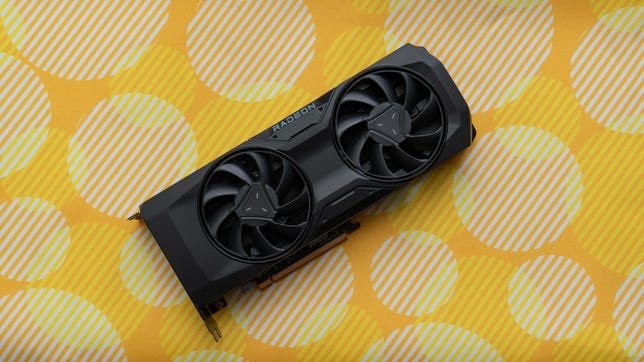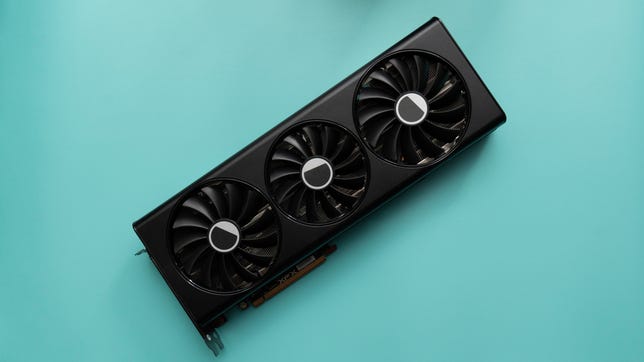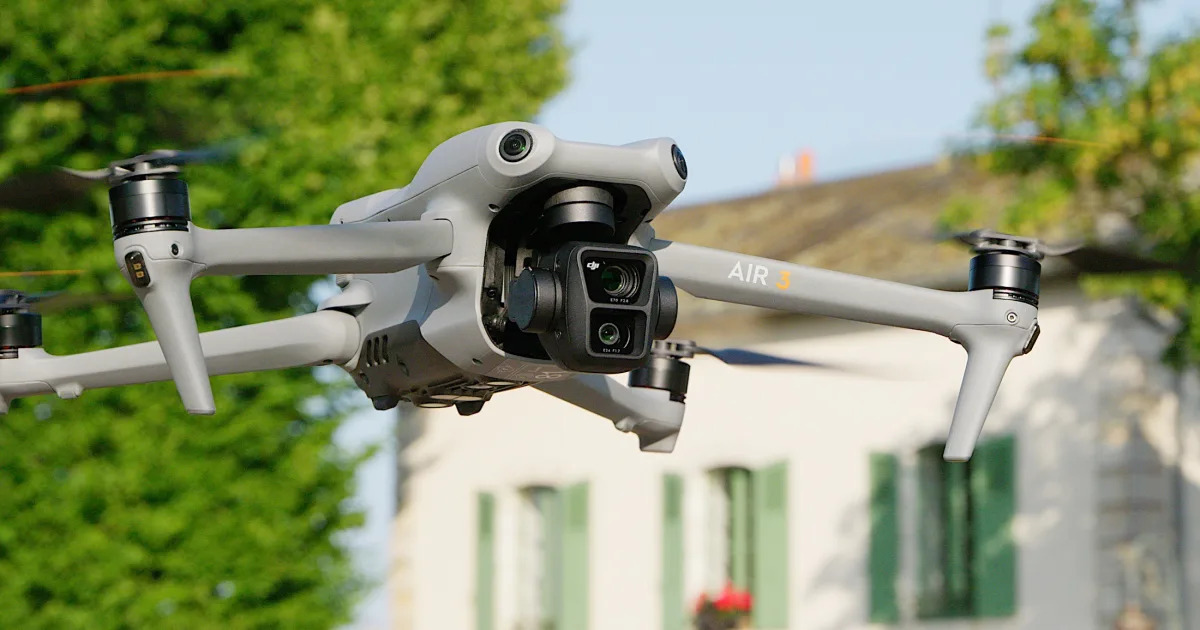AMD Radeon RX 7700 XT, RX 7800 XT Review Great for 1440p Gaming
AMD Radeon RX 7700 XT, RX 7800 XT Review Great for 1440p Gaming
AMD’s New GPUs: A Midrange Marvel

AMD has introduced its latest duo of GPUs, the Radeon RX 7700 XT and the Radeon RX 7800 XT, targeting the 1440p gaming market. These powerful and competitively priced GPUs provide an excellent performance-to-price ratio, outperforming the Nvidia GeForce RTX 4060 Ti while staying within the same price range. The starting price for the RX 7700 XT is $449, while the RX 7800 XT starts at $499.
In terms of competition, Nvidia’s higher-ranked RTX 4070 cards start at about $600, leaving a gap in the $400 to $600 price range that the AMD GPUs fill. While Nvidia dominates the high-end market, AMD is carving out its space in the middle ground.
The RX 7800 XT: Excellent Performance with Some Limitations

Let’s take a closer look at each GPU, starting with the RX 7800 XT.
The Pros:
- Excellent performance at 1440p, and occasional 4K gaming if you don’t mind sacrificing ray tracing.
- DisplayPort 2.1 support.
The Cons:
- AMD’s ray tracing performance still lags behind Nvidia.
At $499, the RX 7800 XT is a solid choice for gamers seeking top-notch performance at 1440p and the potential to explore 4K gaming. In comparison to the RX 7700 XT, the RX 7800 XT provides better overall performance and longevity, making it a worthwhile investment.
The RX 7700 XT: Great Performance at a Lower Price

Now let’s explore the RX 7700 XT.
The Pros:
- Excellent performance for 1440p gaming, without the need for ray tracing.
- DisplayPort 2.1 support.
The Cons:
- Uncomfortably positioned power connectors near the top grille.
- May not fit comfortably in midsize or smaller systems due to its length.
Priced starting at $449, the RX 7700 XT offers impressive performance for 1440p gaming, making it a popular choice among gamers. However, if you can spare an additional $40, upgrading to the RX 7800 XT is well worth it, as it delivers superior performance and is better equipped for 4K gameplay.
Performance and Additional Features
AMD has introduced the Hypr-RX, a one-click optimization option that uses AMD’s Boost and Anti-Lag optimization in combination with Super Resolution upscaling. While it requires developer participation for custom tuning in each game, this feature enhances performance without sacrificing quality.
The RX 7000 series also brings support for DisplayPort 2.1, which offers increased bandwidth compared to Nvidia’s cards still using DP 1.4a. This upgrade allows for higher refresh rates, greater HDR capabilities, and improved color reproduction.
Specifications Comparison
Here is a detailed comparison of the specifications between the Radeon RX 7800 XT and the Radeon RX 7700 XT (specifically, the XFX Speedster Qick 319):
| Specification | Radeon RX 7800 XT | Radeon RX 7700 XT (XFX Speedster Qick 319) |
|---|---|---|
| Memory | 16GB GDDR6 | 12GB GDDR6 |
| Memory bandwidth (GBps) | 624 (effective 2,708) | 423 (effective 1,995) |
| GPU clock (GHz, base/boost) | 2.12/2.43 | 2.17/2.54 |
| Memory data rate/Interface | 19.5Gbps/256 bits | 18Gbps/192 bits |
| Compute units and Ray accelerators | 60 | 54 |
| Streaming multiprocessors | 3,840 | 3,456 |
| AI accelerators | 120 | 108 |
| Process | 5nm and 6nm | 5nm and 6nm |
| TBP/min PSU (watts) | 263W/700W | 245W/700W |
| Connectors | 2x DP 2.1, 1x HDMI 2.1 | 2x DP 2.1, 1x HDMI 2.1 |
| Bus | PCIe 4.0×16 | PCIe 4.0×16 |
| Size (slots; length) | 2.5 slots; 10.5 in/267mm | 2.5 slots; 13.2 in/335mm |
| Launch price | $499 | $449 |
| Ship date | Sept. 6, 2023 | Sept. 6, 2023 |
Performance Analysis
During performance testing, the RX 7700 XT sometimes outperformed the higher-end RX 7800 XT despite its incremental specifications. This anomaly could potentially be attributed to the higher clock speeds of the RX 7700 XT, which boasts strong performance without generating excessive heat.
AMD’s ray tracing performance still lags behind Nvidia’s, but the introduction of FidelityFX Super Resolution 2.1 has significantly improved performance without compromising quality. However, enabling FSR with ray tracing can result in unsatisfactory visuals, limiting its effectiveness.
While some gamers have complained about Starfield’s performance on PCs, both the RX 7700 XT and RX 7800 XT handle the game well at 1440p resolutions, delivering a smooth gaming experience with Ultra settings. Notably, FSR 2.1 has come a long way, and running Starfield at 4K went almost unnoticed on the RX 7800 XT.
Conclusion: The Middle Ground Champion
Overall, AMD’s latest GPUs offer an impressive performance-to-price ratio, specifically catering to the 1440p gaming crowd. While the ray tracing performance still falls short compared to Nvidia’s offerings, many gamers prioritize raw performance over ray tracing capabilities. The RX 7700 XT provides great value for its price point, but choosing the RX 7800 XT proves to be a superior investment, offering improved performance and more future-proof capabilities.
With the introduction of Hypr-RX and continued software optimizations, AMD’s GPUs have become more competitive with their Nvidia counterparts, closing the gap in terms of overall performance. Whether you choose the RX 7700 XT or the RX 7800 XT, both GPUs will undoubtedly deliver an exceptional gaming experience, pushing your system to new limits.


Sources: CNET




/cdn.vox-cdn.com/uploads/chorus_asset/file/24900053/VLS_5102.jpg)

